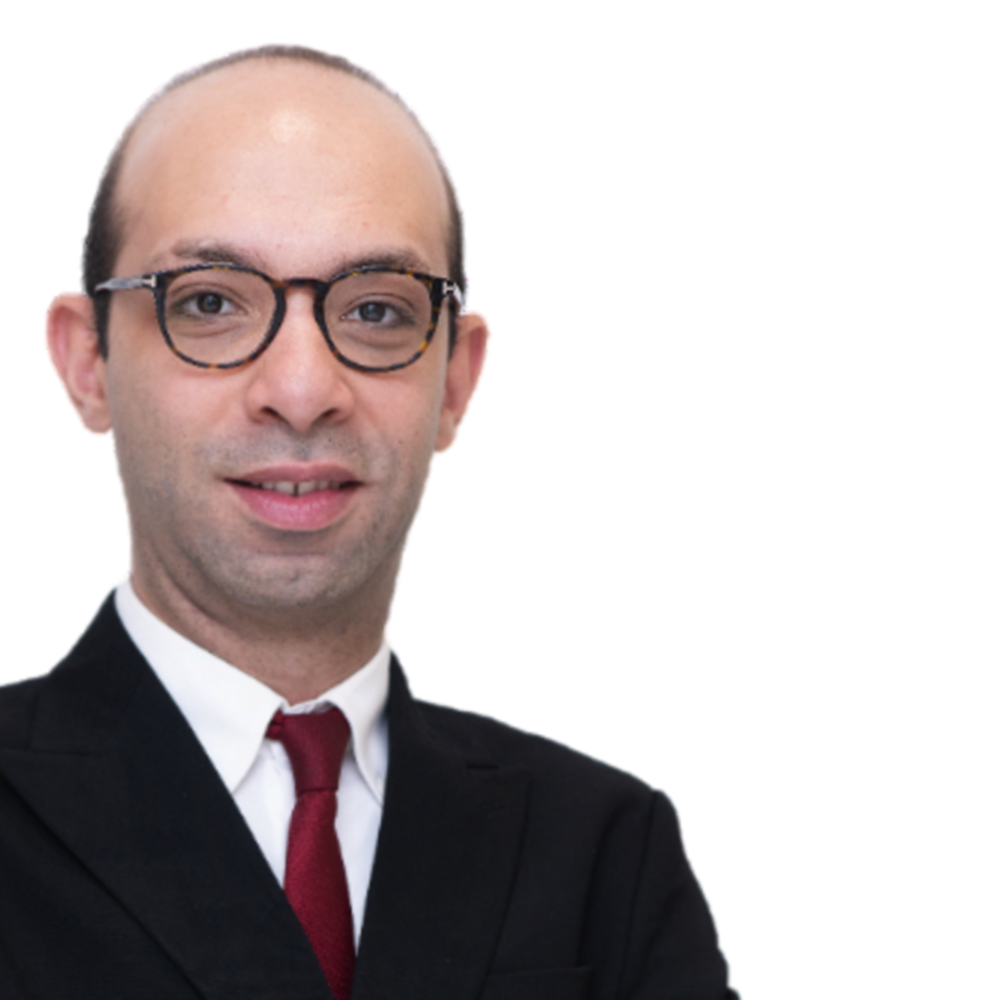"How YSGG laser debond veneers - unveiling the secret"This webinar introduces the YSGG laser (short for Er,Cr:YSGG (Erbium, Chromium: Yttrium-Scandium-Galluim-Garnet) laser) as a solution to the challenge of safe, conservative and intact veneers retrieval. Through its unique ability to ablate resin cement, this laser enables the safe and conservative debonding of ceramic veneers. Participants will gain a detailed understanding of the laser’s mechanism of action, explore various debonding techniques-including the advanced TURBO protocol, capable of debonding up to 20 veneers in just 30 minutes—and review clinical case presentations demonstrating the successful removal of over 4,000 veneers. Furthermore, the session will highlight how laser-assisted debonding not only preserves enamel integrity but also allows for the intact retrieval of veneers for repair and re-cementation.
Porcelain Veneers was introduced in the early 1980s to become a prosthetic solution to enhance smile. Dental veneers are indicated to improve teeth morphology, closing spaces, changing teeth shade, masking mild and moderate teeth discoloration, peg laterals, hypocalcification, restoring chipped teeth. porcelain veneers became a well-established treatment option and a demand for the patients, as its aesthetical characteristics are maintained for a long term and high patients satisfaction levels are achieved. So by rising this treatment option, the demand of replacing veneers also raised. This is due to veneers fractures, chipping, cervical marginal leakage, margin discoloration, secondary caries, cracks. Also veneers lacking aesthetics, mispositioned during cementation, tooth sensitivity and gingival inflammation due to poor margins design are other reasons for veneers removal. So, during veneers removal, preserving the underlying enamel integrity is of an immense importance.
Conventional vs laser veneers debonding techniques:
Conventionally, veneers were removed by rotary instrument (mechanical technique), But this technique is time consuming and could easily jeopardize the underlying enamel integrity, and cause patient discomfort. As the veneer, resin cement and underlying tooth structure have almost the same color, so it is difficult to know when to stop cutting to avoid encroaching of underlying enamel. Moreover, by this mechanical removal technique, ceramic veneer integrity is damaged.
On the contrary, here comes YSGG laser to solve this dilemma by its ability to debond ceramic veneers safely through resin cement ablation. Laser debonding is a conservative and meticulous procedure, in which the debonding occur mainly at the ceramic/cement interface with no damage to the underlying tooth structure. Erbium lasers have absorption peak of water, so it absorbed by hydrated tissues, residual monomers and bonding cements containing water. So cement ablation with no damage to the tooth structure is achievable due to the laser capability of being selectively absorbed and difference in absorption coefficient of tissues. Furthermore, veneers debonding by laser could offer the intact retrieval of veneers for repair, then the ability of re-cementing them again successfully.
YSGG laser biophysical interaction:
Laser tissue interaction
YSGG laser have an emission wavelength of 2780 nm. Laser light energy can interact with tissues and material in several different ways. It can be absorbed by a tissue or material in which this light energy transformed into heat to perform the intended action, also it can be transmitted through the material like the visible light passes through a clear glass, it can be reflected from the material or scattered through it as well.
YSGG chromophores
lasers to be absorbed by a certain tissue or material and perform an action, this tissue should have what’s termed “chromophore” in its components in which this specific wavelength of laser (type of laser) has high affinity to it. Around 3μm range water and hydroxyapatite Absorption bands dominates, and YSGG wavelength is 2.78μm. So water and OH– ion in the hydroxyapatite considered to be the chromophores for YSGG laser.
Mechanism of action
“Water mediated thermo-mechanical ablation” is a term describes the YSGG laser mechanism of action. In which Erbium laser energy is absorbed by these chromophores present in a certain tissue or material, then transformed into heat energy to heat up the water molecules rapidly to create enormous subsurface pressure then micro explosive vaporization (ablation) occur to remove surrounding tissue. It is important to note that the tissue beneath the ablated tissue is not affected by the erbium laser ablation, and this allow precise control and minimal damage to surrounding tissue (selective absorption). YSGG laser water absorption coefficient is 4000cm-1.
Laser transmission capability
YSGG laser has the capability of transmitting through materials that doesn’t have the erbium laser chromophores in its components, and it keep transmitting until it meets its chromophores (water and hydroxyapatite) to be absorbed in and perform the ablation, and that happens with the ceramic materials. In addition, YSGG laser has 2.28μm depth of penetration in water.
So this webinar will provide an in-depth exploration of the mechanisms underlying veneer debonding. Participants will gain insight into factors contributing to debonding, followed by a review of the conventional laser techniques. The session will conclude with an introduction to the YSGG laser TURBO protocol, a novel approach that significantly enhances efficiency, enabling the debonding of up to 20 veneers within 30 minutes.
Release date: 2025-10-30 | Expiration date: 2028-10-30






